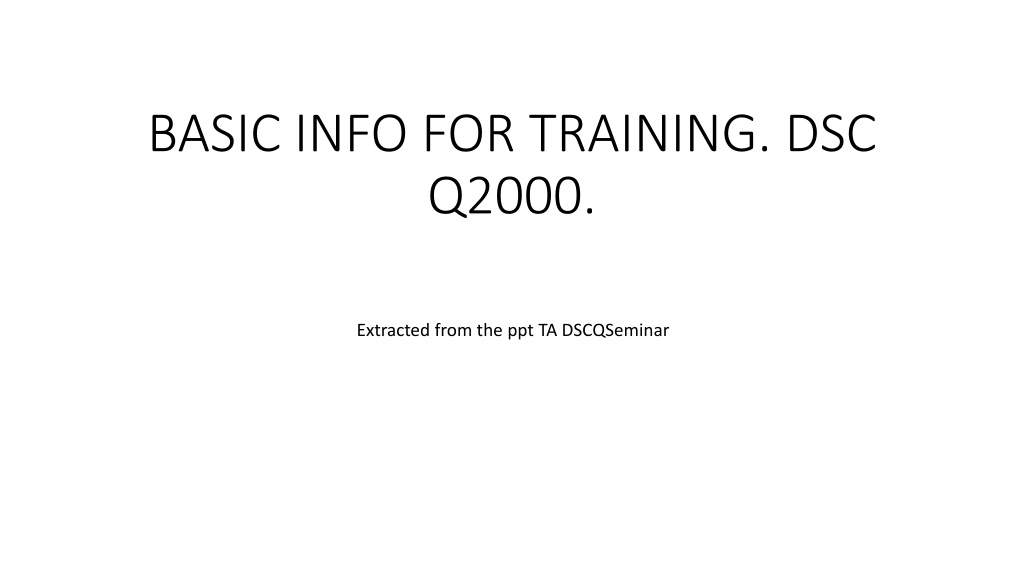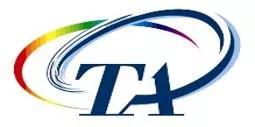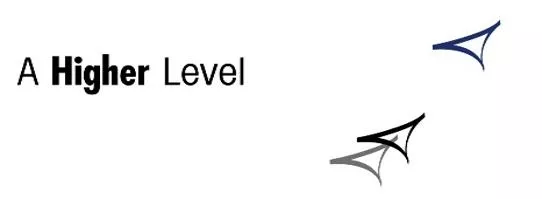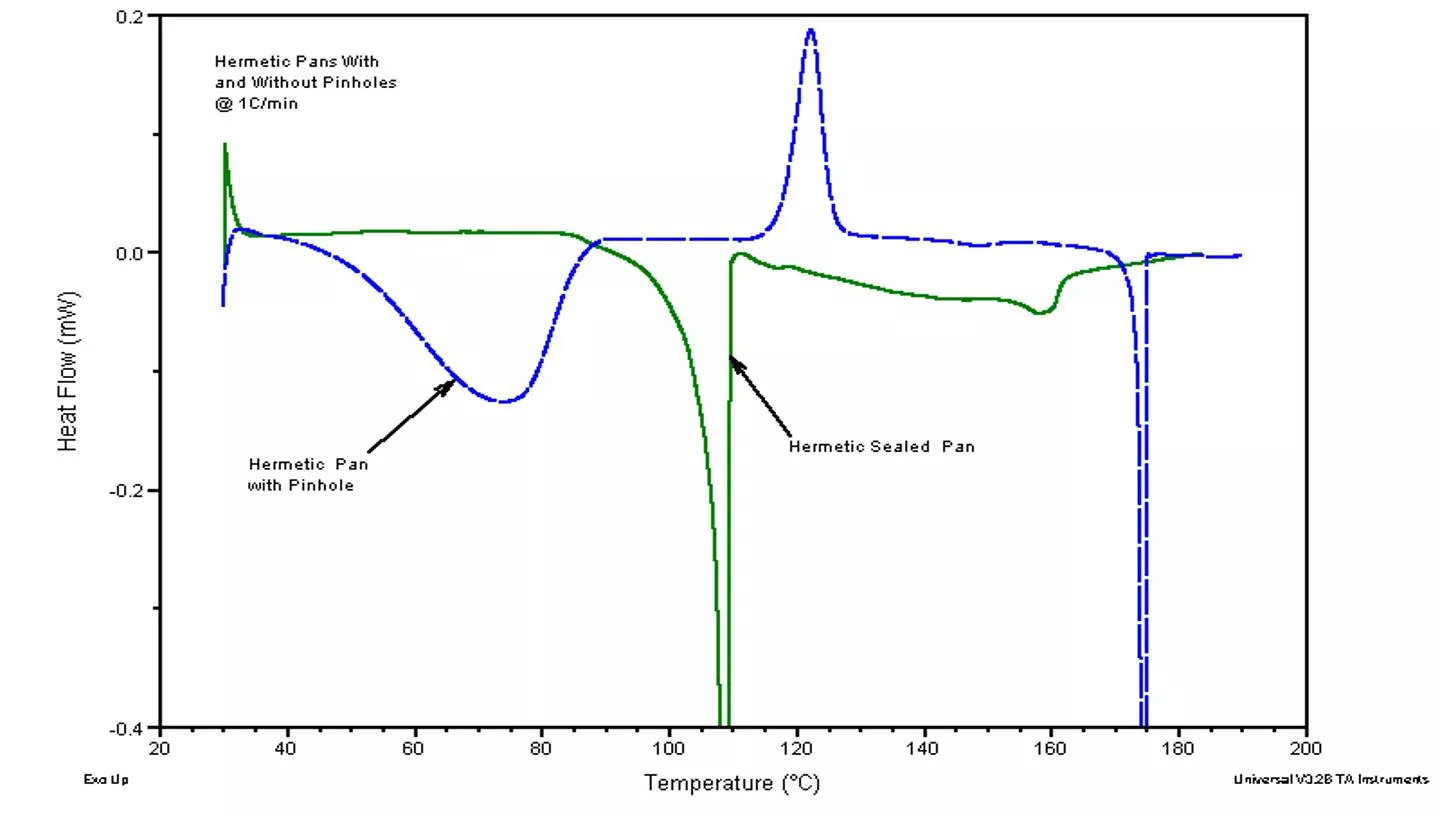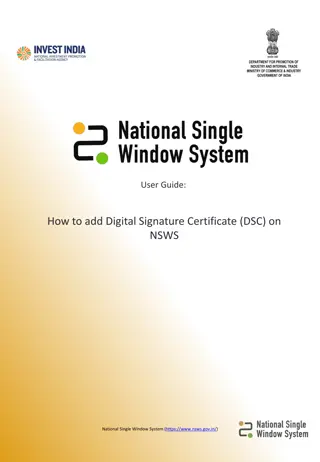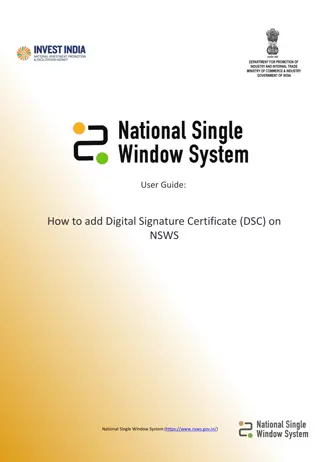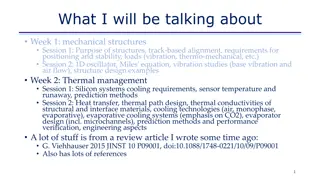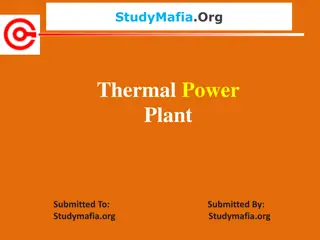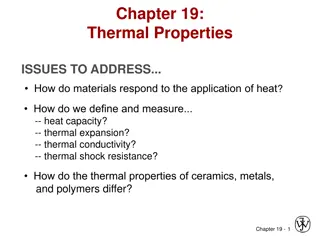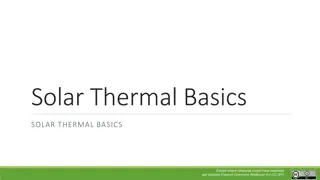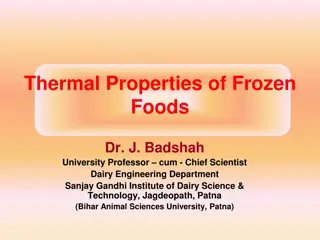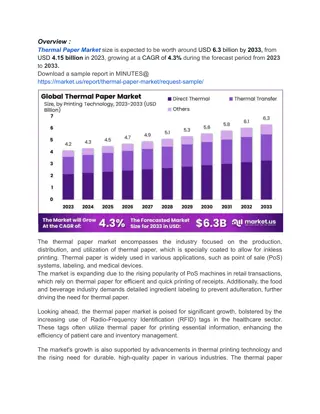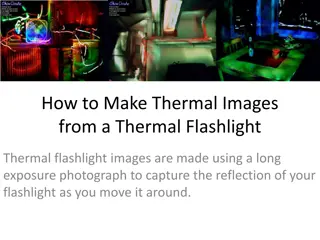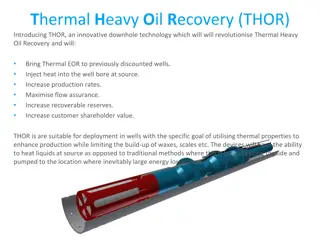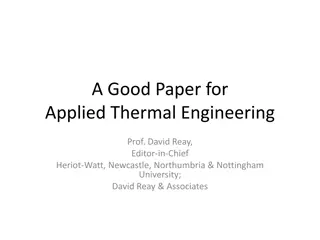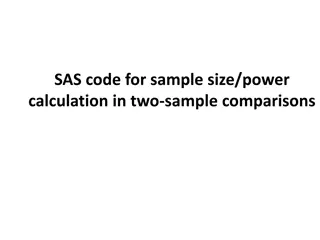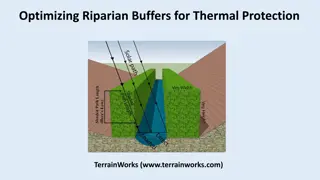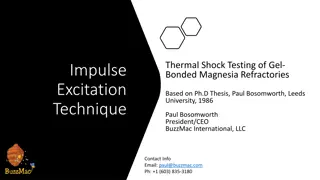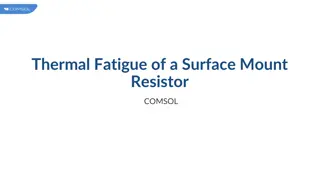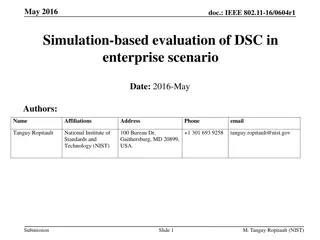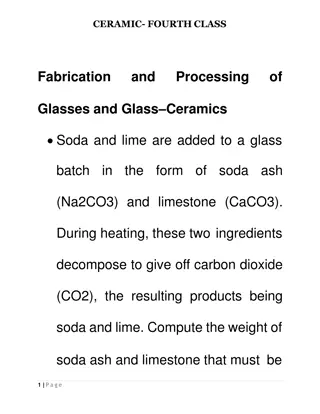Basic Info for Training DSC Q2000 - Sample Preparation & Thermal Methods
Extracted from the ppt "Basic Info for Training DSC Q2000" this content provides guidance on the importance of sample preparation techniques for Differential Scanning Calorimetry (DSC) experiments. It covers aspects such as selecting the right pan, shaping the sample, determining sample size, and the effects of sample size on thermal analysis results. The content also highlights the significance of keeping the DSC cell clean, using purge gas, sample temperature ranges, and agenda for DSC experiments.
Download Presentation

Please find below an Image/Link to download the presentation.
The content on the website is provided AS IS for your information and personal use only. It may not be sold, licensed, or shared on other websites without obtaining consent from the author. Download presentation by click this link. If you encounter any issues during the download, it is possible that the publisher has removed the file from their server.
E N D
Presentation Transcript
BASIC INFO FOR TRAINING. DSC Q2000. Extracted from the ppt TA DSCQSeminar
It Does Matter What Pan you use Monohydrate Pharmaceutical sample
Sample Shape Keep sample thin Cover as much as the bottom of pan as possible
Sample Shape Cut sample to make thin, don t crush If pellet, cut cross section
Sample Shape Cut sample to make thin, don t crush If pellet, cut cross section If powder, spread evenly over the bottom of the pan
Sample Size Larger samples will increase sensitivity but . Larger samples will decrease resolution Goal is to have heat flow of 0.1-10mW going through a transition
Sample Size Sample size depends on what you are measuring If running an extremely reactive sample (like an explosive) run very small samples (<1mg) Pure organic materials, pharmaceuticals (1-5mg) Polymers - ~10mg Composites 15-20mg
Effect of Sample Size on Indium Melt 0 Size: 1.2100 mg -5 Size: 0.4900 mg Heat Flow (mW) Size: 5.7010 mg -10 -15 -20 Weight (mg) 0.49 1.21 5.70 Onset ( C) 156.41 156.45 156.61 Peak ( C) 156.56 156.76 157.17 Width ( C) 0.17 0.29 0.55 -25 150 152 154 156 Temperature ( C) 158 160 162 164
Agenda Keeping your DSC cell clean Calibration Sample Preparation Thermal Method
Purge Gas Purge gas should always be used during DSC experiments Provides dry,inert atmosphere Ensures even heating Helps sweep away any off gases that might be released Nitrogen Most common Increases Sensitivity Typical flow rate of 50ml/min
Sample Temperature Range Rule of Thumb Have 2-3 minutes of baseline before and after transitions of interest - if possible DO NOT DECOMPOSE SAMPLES IN DSC CELL Temperature range can affect choice of pans Just because the instrument has a temperature range of 90 C to 550 C (with RCS) doesn t mean you need to heat every sample to 550 !
Start-up Hook 12 9.56mg PET @ 10 C/min 10 -0.05 Do not attempt to interpret transitions before Heating rate has stabilized 8 Deriv. Temperature ( C/min) Heat Flow (W/g) 6 -0.15 4 2 -0.25 0 -5 5 15 25 35 Exo Up Temperature ( C)
Heating Rate Faster heating rates increase sensitivity but . Faster heating rates decrease resolution Good starting point is 10 C/min
Effect of Heating Rate PMMA 10.04mg
Thermal History The thermal history of a sample can and will affect the results The cooling rate that the sample undergoes can affect : Crystallinity of semi-crystalline materials Enthalpic recovery at the glass transition Run Heat-Cool Heat experiments to see effect of & eliminate thermal history Heat at 10 C/min Cool at 10 C/min Heat at 10 C/min
